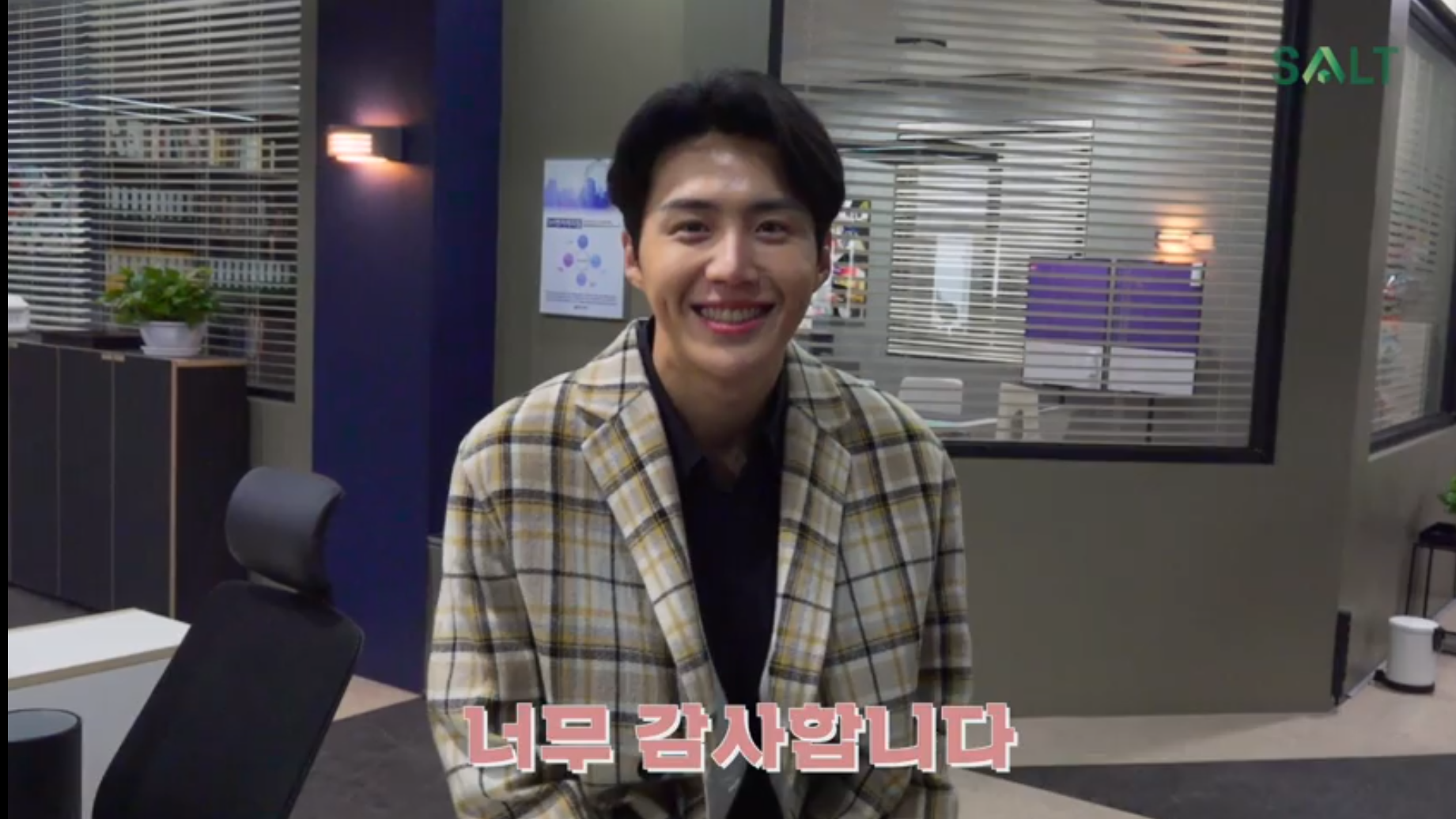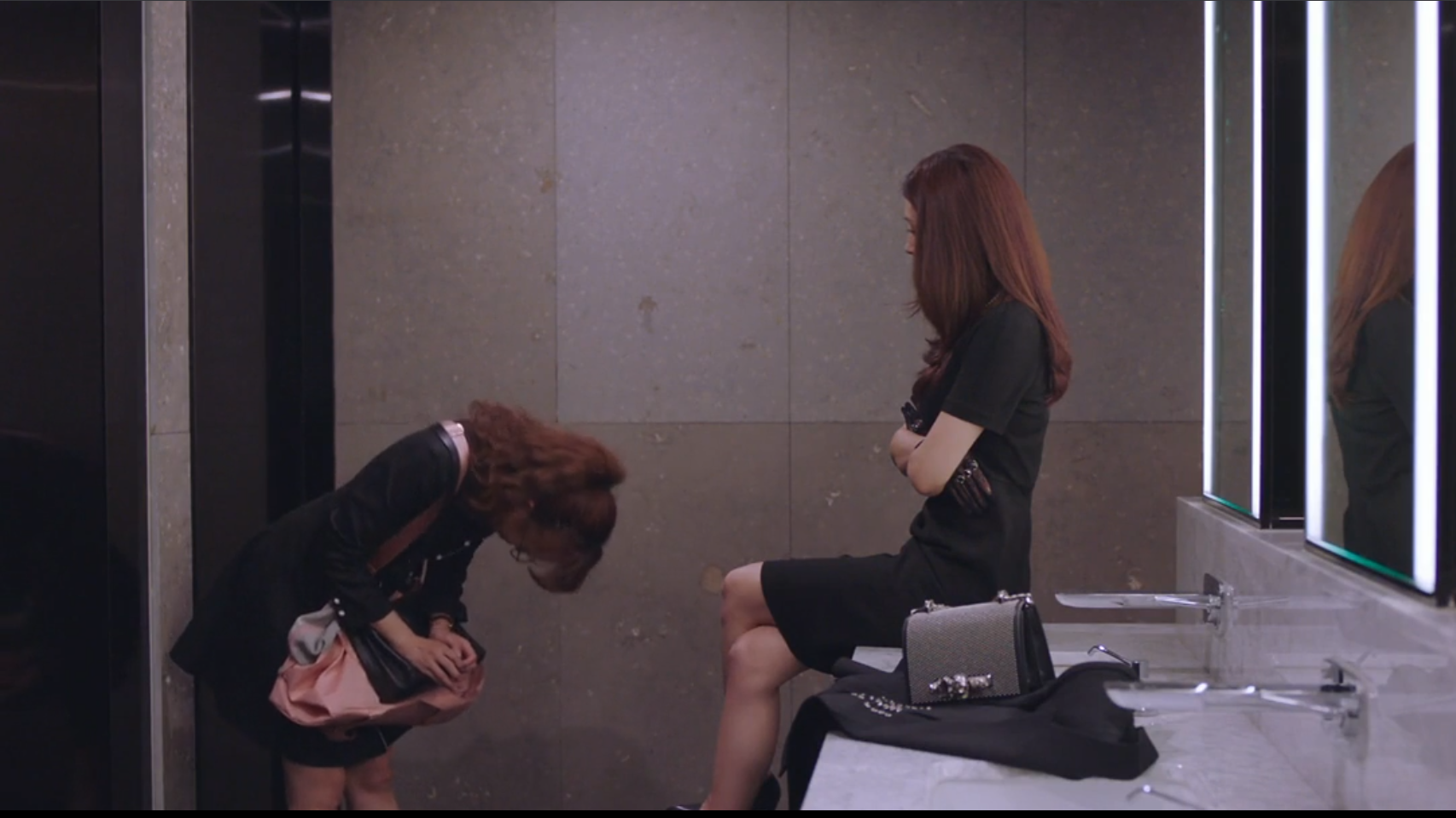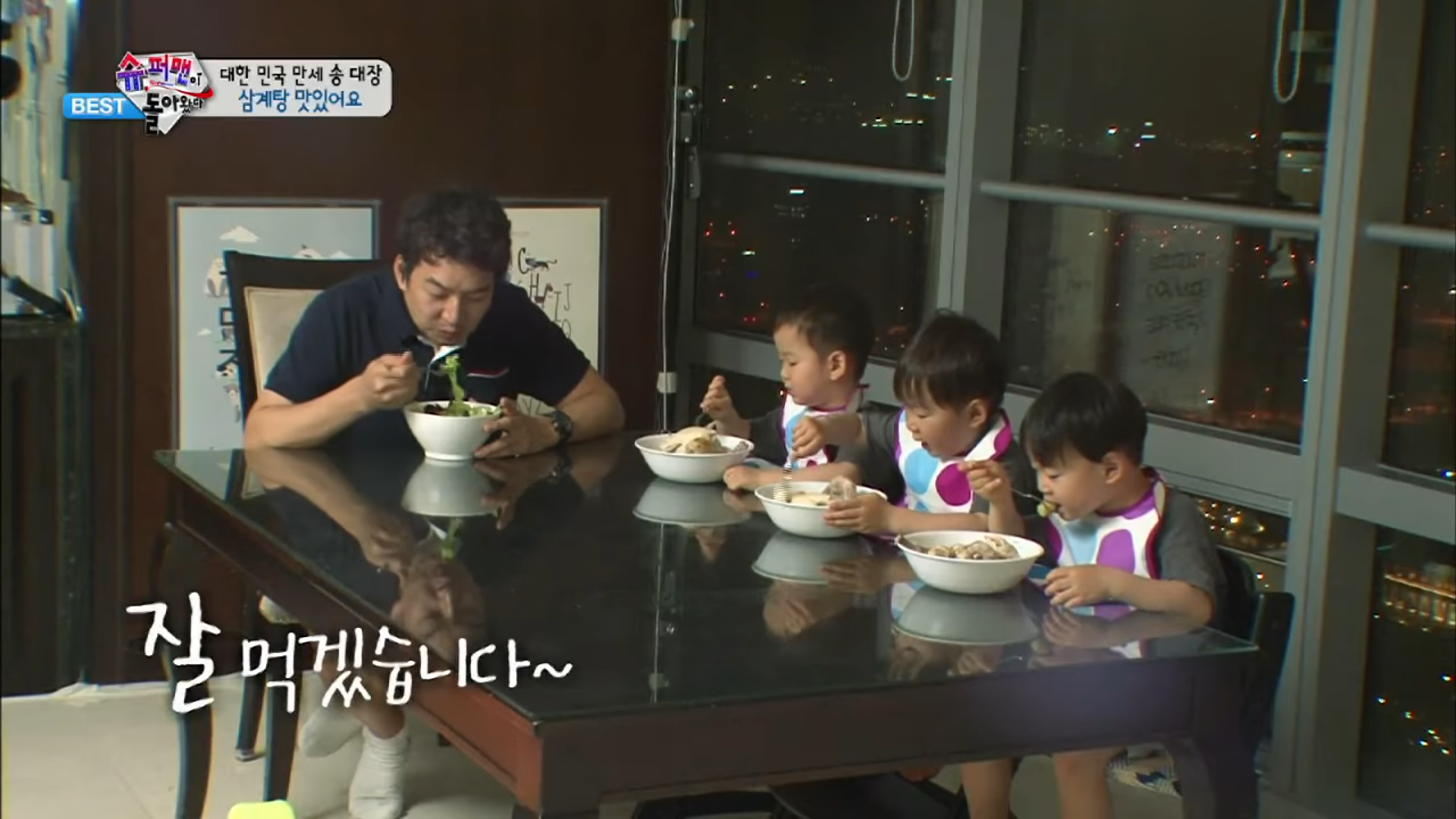Yeorobun, annyeonghaseyo! I hope you remember our previous discussion about common greetings in Korean, especially in self-introduction. In this section, we are gonna learn several daily greetings in Korean. People commonly use those greetings in any occasions. Greetings that you can use at home, public places, or at street when you talk to the stranger. Surely, formal and casual greeting forms are our priority in learning Korean. It’s better for us, as a foreigner, to learn the polite form instead of banmal form. Besides, Korean cultures emphasize the value of attitude or manner. So, we should learn and practice the appropriate sentences first.
1. Greetings in Korean for Asking Favor

We begin with 실례합니다 (silyehamnida). Sometimes foreigners are mistaken to its meaning with apology. This is not literally an apology expression after you did something wrong. We say 실례합니다 (silyehamnida) to ask a question or favor from someone else. If you are in the middle of the crowd like subways or sidewalks and you are clueless about the direction, you may use 실례합니다 (silyehamnida) to ask people. You can also use this greeting when you enter the door of restaurant or other places. Another words to ask favor are 여기요 (yeogiyo) and 저기요 (jeogiyo). It’s like saying ‘Over here, please’ in English. Both greetings don’t sound rude but normal in Korean.
2. Gratitude Greetings in Korean

Source: SALT Entertainment
Attitude is one of values in Korean culture. Korean culture requires us to be polite and respect people. That’s why showing our gratitude is mandatory. There are two ways to express a gratitude. First one is 감사합니다 (kamsahamnida) for formal occasions or 감사해요 (kamsahaeyo) for casual yet polite occasions. Second, you could say 고맙습니다 (gomapseumnida) for formal way or 고마워요 (gomawoyo) for casual way. If we receive those greetings, we should reply with 아닙니다 (animnida) or 아니에요 (anieyo). Sometimes, Korean people also reply with 네 감사합니다 (ne kamsahamnida).
3. Apology Expression

The other way to show manner is saying apology. Basically there are two ways to express an apology in Korean. First, you may say 죄송합니다 (jwesonghamnida) for formal way or 죄송해요 (jwesonghaeyo) for casual way. It means that you apologize for making mistake. Second is 미안합니다 (mianhamnida) for formal occasions or 미안해요 (mianhaeyo) for casual way. It shows that you are sincerely sorry for mistake you made. If someone else says apology to us, we should reply with 괜찮습니다 (gwaenchanseumnida) or 괜찮아요 (gwaenchanayo). Or, you may reply with 아닙니다 (animnida) or 아니에요 (anieyo). Basically both have the same meaning which is “no problem” or “it is okay”.
4. Korean Dining Manner

We know that greetings are part of Korean daily life including in dining habit. Either home or restaurant dining, greeting is necessary. If you are in a restaurant or invited to someone’s house then the waiter or the host serves you a meal. They will say 맛있게 드세요 (masitke deuseyo) or “please enjoy your meal” in English. Before you start eating, it’s common to say 잘 먹겠습니다 (jal meogkesseumnida). Probably in English it sounds uncommon since the literal meaning is “I will eat well”. However, this expression is more like “Bon Appetite”. Well, the manner doesn’t stop here. After you finish eating, you should say 잘 먹었습니다 (jal meogeotseumnida) or 잘 먹었어요 (jal meogeosseoyo). Literally it means ‘I ate well”. Both greetings in Korean basically express that we did enjoy the meal. Besides, it shows the gratitude for delicious meal and respect for someone who served the meal.







